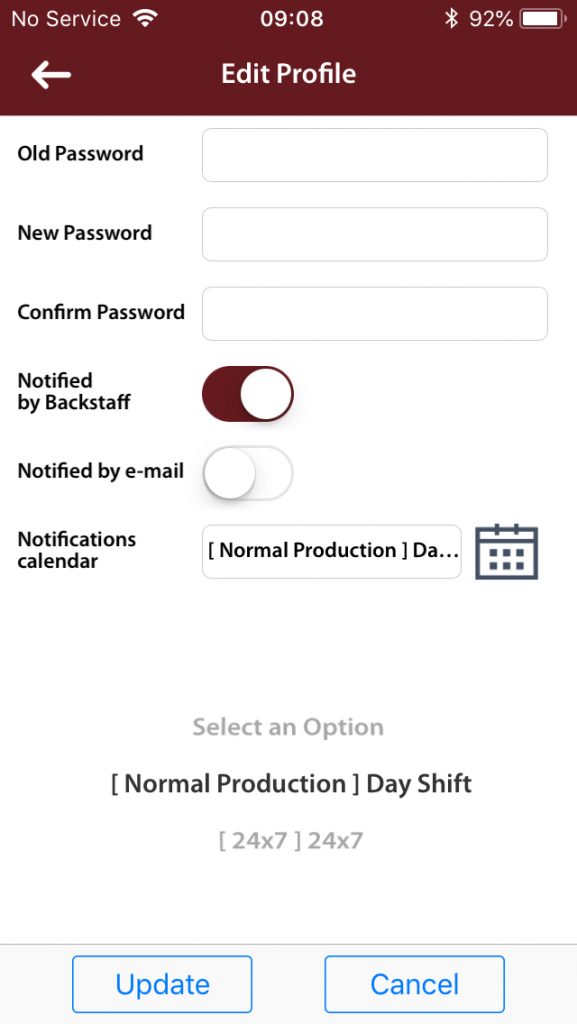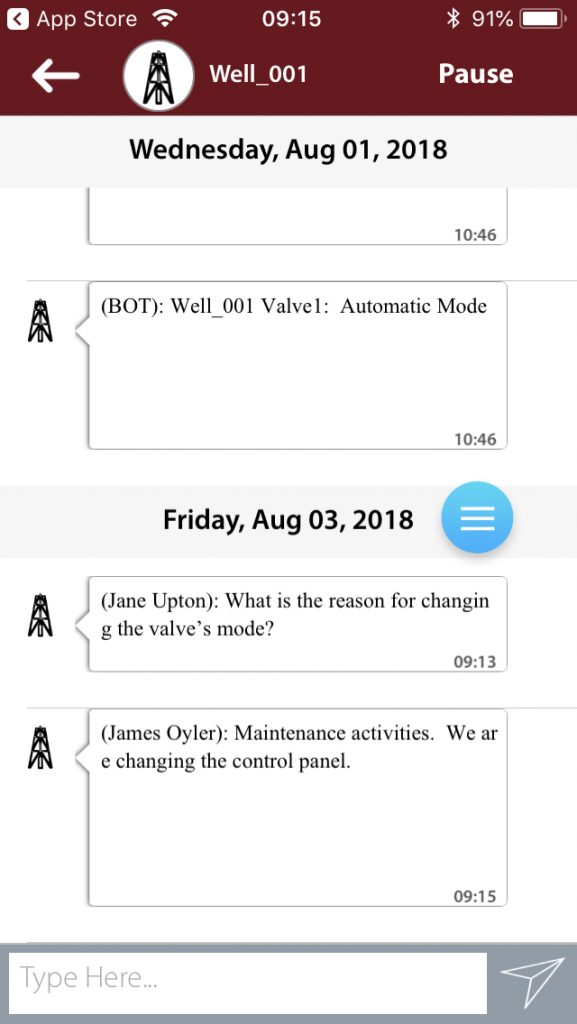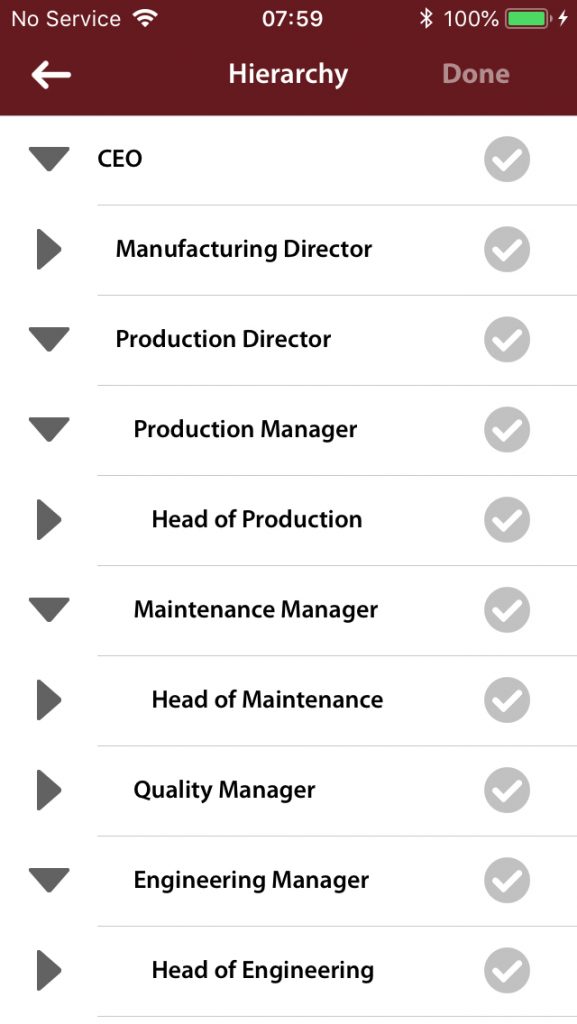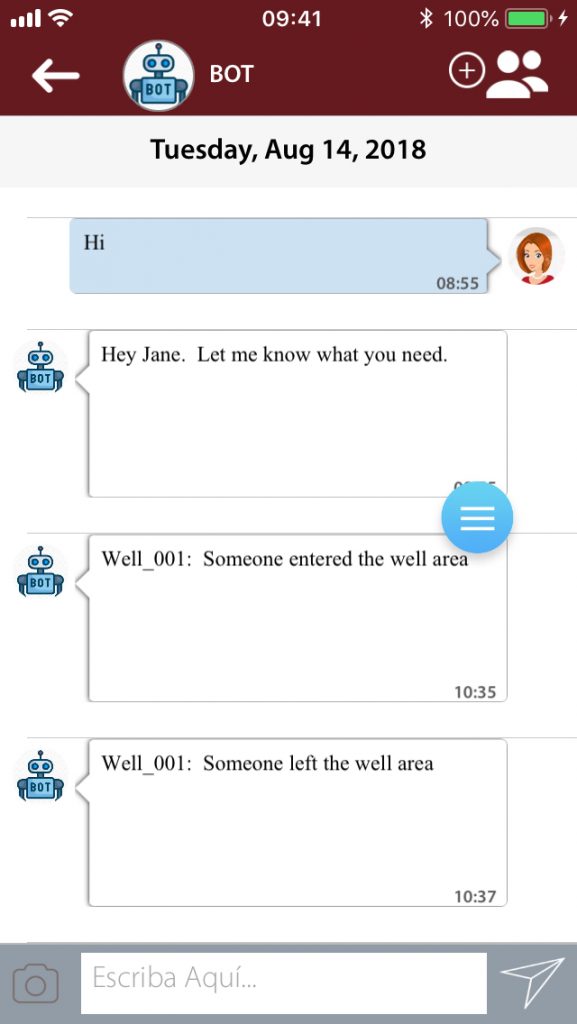Every day millions of people use instant messaging systems (IMS) all around the planet. The purpose of these systems is to communicate at least two persons from point to point, through a chat conversation. Examples of IMS are Short Message Service (SMS), Whatsapp, Skype, and Telegram. The typical characteristics of these systems are a transmitter and a receiver at both ends of the connection and a third party in the middle to store and transfer the messages.
Since this is a practical and cheap way of conversation, its use is not limited to personal information exchange, but also to inform and discuss the daily work activities. Examples of such are coordinating meetings, getting technical support, or contacting customers for advertising.
IMS offers several advantages for the workplace:
- It runs on widely available devices (smartphones, tablets, and computers).
- Its operation is simple, with a very short learning curve.
- It encourages dialog among people.
- Flattens hierarchies and allow everyone to contact everyone within the organization.
- Eases the knowledge transfer from more experienced people to less experienced ones.
- It facilitates content sharing, as WEB links, documents, videos, and photos.
However, IMS has some challenges:
- It makes difficult for users to separate working and non-working times.
- There are many IMS options, so it might be necessary to check more than one to stay informed on what is happening.
- The risk of sharing confidential data with someone not authorized to see it.
- In some cases, users are exposed to bullying.
The advantages of the standard IMS outweigh the disadvantages. However, most IMS are not explicitly designed for the work environments.
BackStaff
BackStaff includes an IMS module with significant differences, which have the workplace in mind.
Platform Control
Organizations require privacy for many of their activities. BackStaff gives the owner full control of the IMS platform. This control means that the organization installs the software on her server, instead of doing it on a computer controlled by an external company.
The owner can add and remove users at will. If someone leaves the organization one disables or deletes the account, and the user loses access to all the information within the application.

Availability Schedule
The software administrator can create schedules for the users; then they can select the one that suits them better. This option prevents the applications to interrupt people when they are not available for work activities. However, users can access all the information whenever they want; the software disables the notifications’ sound or vibration.

Devices
Besides human users, BackStaff allows the inclusion of machines or systems. The application exposes their status and permits users to make comments in the device journals. It is also possible to send information from the process like alarm messages or reports.

Organization Chart
One can look for users to contact by their name or by their position in the organization

Work Groups
BackStaff allows creating groups of users with common interests or activities. There are two kinds of groups: system groups and user groups. The BackStaff administrator assigns members of the system groups by work position. A user within a system group can’t leave the group unless she changes to a job not included in the system group.
Users can create User’s groups, and the creator can add and remove members at will.

Chat Bots
By configuration or simple programming, it is possible to send messages to users, groups, and devices automatically. The information sources can be automation devices like PLCs or information systems like ERPs. The organization can customize these messages according to her needs.

Summary
BackStaff gives you all the benefits you find in the traditional instant messaging systems, but it adds other ones targeted to the work environment, as tighter control and security, work schedule management, and integration with plant systems.